Metal lath is a versatile building material for reinforcing walls, ceilings, and other structures. It’s light yet strong, making it perfect for construction projects.
But before you can begin using metal lath to complete your project, you must first know how to cut it correctly. Cutting metal laths incorrectly can lead to serious damage, so it’s important to understand the best ways to cut metal laths.
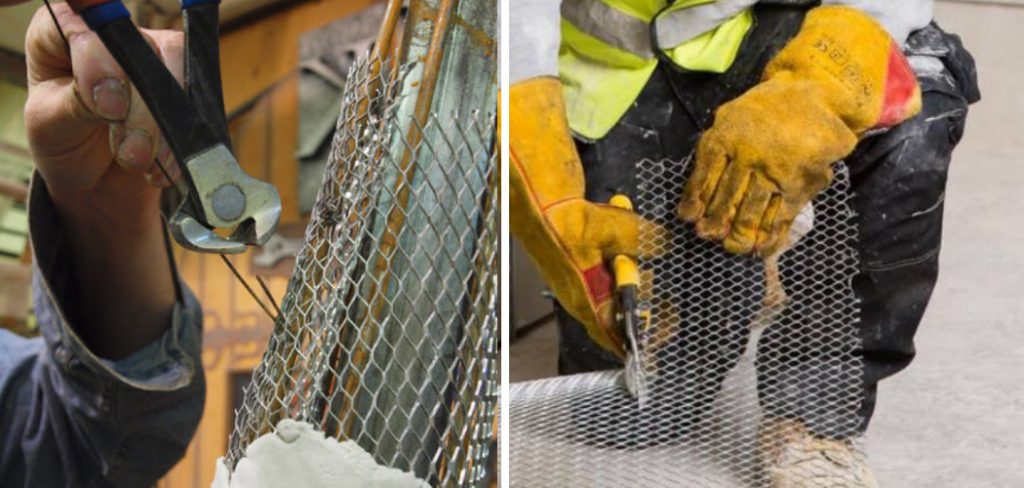
Metal lath is a versatile and durable material used in many applications, from wall construction to ceiling tiling. It is lightweight, easy to work with, and relatively inexpensive compared to other building materials. Its strength and flexibility make it ideal for a variety of projects.
One advantage to using metal lath when completing these tasks is its ability to be easily cut to fit the desired size and shape. In this blog post, You will learn in detail how to cut metal lath.
Materials You Will Need
- Metal lath
- Marker or pencil
- Tape measure
- Hand saw or chop saw
- Protective eyewear
- Gloves
- Safety glasses
- Dust mask
- Hammer
- Tin snips
- Screwdriver
- File or sandpaper
Step-by-step Instructions for How to Cut Metal Lath
Step 1: Inspect the Lath
Before cutting, inspect the lath for any potential weak spots or bends. Ensure that it is properly aligned and straight to make your cut as accurate as possible. Use a marker to draw a line along the desired cut. Make sure to measure twice before marking so everything is correct in placement.
Step 2: Wear Safety Equipment
Safety is a priority when cutting metal laths. Before beginning, ensure you have the following safety equipment: gloves, safety glasses, and a respirator mask (if needed). Several tools can be used to cut metal lath; however, the two most commonly used tools are angle grinders and reciprocating saws. Choose the appropriate blade size for your cut, depending on your preferred tool.
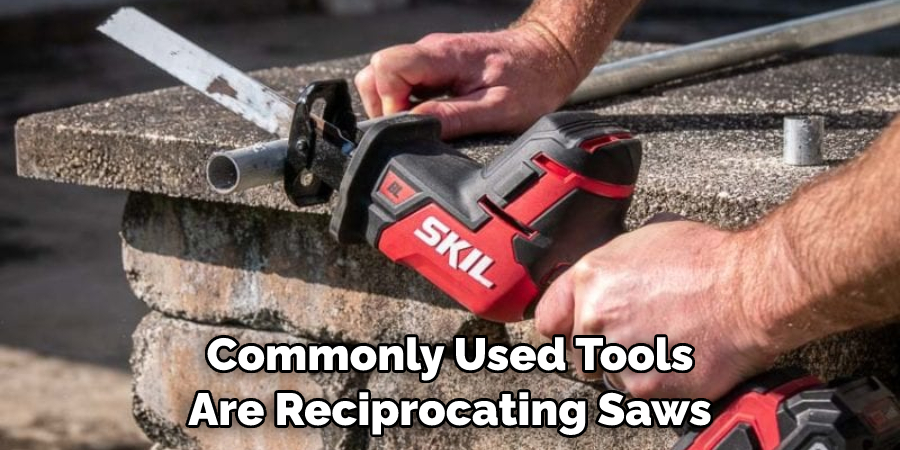
Step 3: Secure the Lath
To ensure you make a safe, accurate cut, firmly secure the lath with clamps to a stable surface before beginning. Start at one end of your cut line and slowly begin cutting. Make sure to move in a fluid motion and apply even pressure throughout the cut, allowing the blade to do as much of the work as possible.
Step 4: Remove Excess Material
Once you have finished cutting, remove any excess material from both sides of the lath with a metal file. After removing any excess material, double-check that your cut is accurate and straight. If not, use a file to even out the line.
Step 5: Smooth Out Edges
Use a grinding wheel to smooth out rough edges on the lath before installation or further manipulation. Once you have finished cutting, unclamp the lath and dispose of any sharp objects. Lastly, clean up the work area to ensure safety.

Following these steps, you can safely and accurately cut metal laths for your project or installation. If you need help with any of the steps or help selecting the right tool for your job, consult a professional to ensure the task is completed correctly.
Precautions for How to Cut Metal Lath
- Wear protective safety gear (e.g., safety glasses, face shield, gloves, and hearing protection).
- Ensure the area is well-ventilated, or wear a respirator mask to protect from dust particles released from the cutting process.
- Secure the metal lath firmly onto a stable surface before cutting it to prevent it from moving or slipping.
- Use the correct cutting tool (e.g., metal shears, bolt cutters, etc.)
- Make sure to have a bucket of water nearby if sparks appear during the cutting process.
- Cut slowly and carefully with deliberate strokes to ensure an accurate result.
- After completing the cut, inspect the edges for burrs and other sharp protrusions that could cause injury. Use a metal file or sandpaper to smooth any rough edges.
By following these safety tips and precautions, you can ensure that your project is completed safely and successfully when cutting metal laths.
Importance of How to Cut Metal Lath
- Cutting metal lath properly is important to ensure a precise and clean cut. This will prevent unnecessary gaps in the finished product, creating a seamless look.
- Incorrectly cutting metal lath can cause warping or bending, leading to uneven surfaces and creating problems with the installation of the material.
- When using metal laths for stucco or plastering projects, it is important to ensure the cuts are even and straight so the lath will lie flat when installed.
- When cutting metal laths, it is important to use the proper tools and techniques to avoid damaging the material. This includes avoiding using a hacksaw, which can leave rough, jagged edges.
- When cutting metal laths with a power tool, use the appropriate type of blade and safety gear to avoid accidents.
- It is also important to measure and mark the metal lath before cutting it so that you get an accurate cut and don’t waste material by making a mistake.
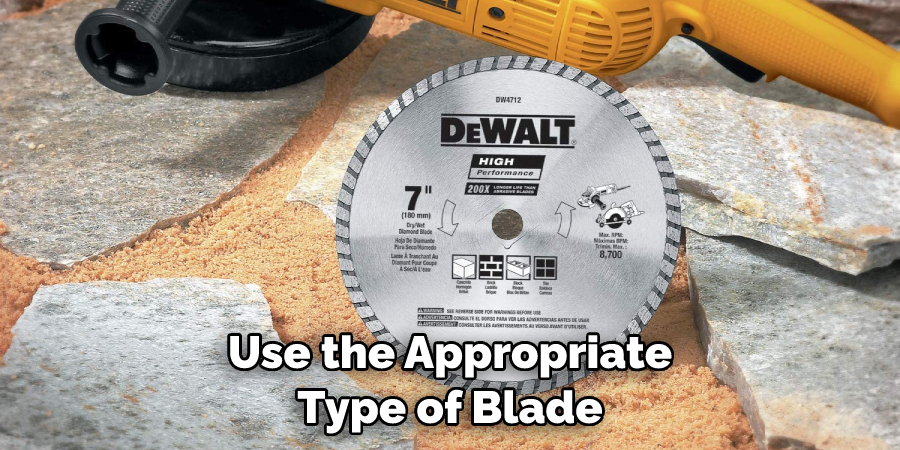
Cutting metal laths correctly is essential to get the best results for any project. By following these tips on cutting metal laths, you can ensure your project turns out perfect every time.
Why Should You Hire Any Professional?
When cutting metal laths, the job must be done correctly and safely. Because of the potential risks associated with working with sharp metal edges, hiring a professional is often the safest and most efficient route for completing this task. Professional metal lath cutters understand how to accurately measure and make cuts and use specialized tools to complete the job.
They are also knowledgeable in taking necessary safety precautions to protect themselves and those around them from any potential accidents or injuries.
In addition, hiring a professional can save you time and money by ensuring that the metal lath is cut correctly on the first attempt. Furthermore, they may be able to advise you on what materials are best suited for your project and provide helpful advice on how to optimize your project’s success.
For these reasons, hiring a professional is the best way to ensure your metal lath-cutting job is completed successfully and safely.
How Much Will It Cost If You Hire Any Professional?
The cost of hiring a professional to cut metal laths will vary depending on your project’s complexity and the area you need to be covered. Generally, most professionals charge by the hour, ranging from $30 to $50 per hour. If you are having a large amount of lath cut, hiring a professional for the job is often more cost-effective.
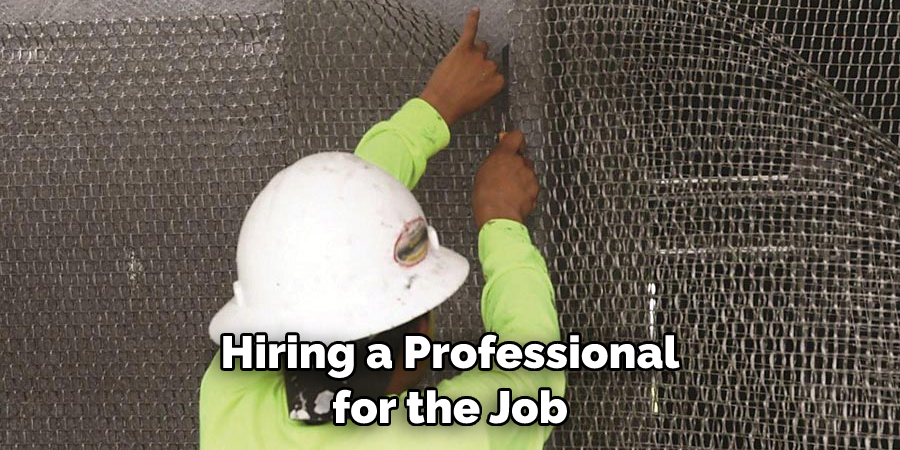
Additionally, professionals have access to specialized tools that can make cuts more precise and may be able to boost your project’s quality and safety. Lastly, it is important to consider the cost of any potential accidents or mistakes that could occur when attempting to cut lath without proper experience or tools.
Are There Any Safety Considerations When Cutting Metal Lath?
When cutting metal laths, there are some safety considerations to remember. Safety glasses or goggles should always be worn when operating any type of saw to avoid debris from flying into the eyes, which could cause injury. Gloves should also be worn for protection from sharp edges and surfaces.
A dust mask should also protect against breathing in any airborne particles created by cutting. Finally, wearing protective clothing and close-toed shoes is important when working with metal laths, as the material can be heavy and sharp.
Following these safety measures will help you cut metal lath safely and efficiently. It is also important to use caution when selecting a saw for cutting metal laths. The most common type of portable saw for cutting metal laths is the reciprocating saw.
Reciprocating saws offer the most control and accuracy when cutting metal laths. Other types of saws, such as circular or table saws, should not be used to cut metal lath due to the risk of kickback which can cause serious injury.
What Type of Maintenance Should You Do to Ensure Your Tools Last a Long Time When Cutting Metal Lath?
Regular maintenance is essential for keeping your tools in great condition when cutting metal laths. The most important thing to do is to keep the blades sharp and lubricated. This will help reduce friction and wear on the blades, so they can last longer and make cleaner cuts.
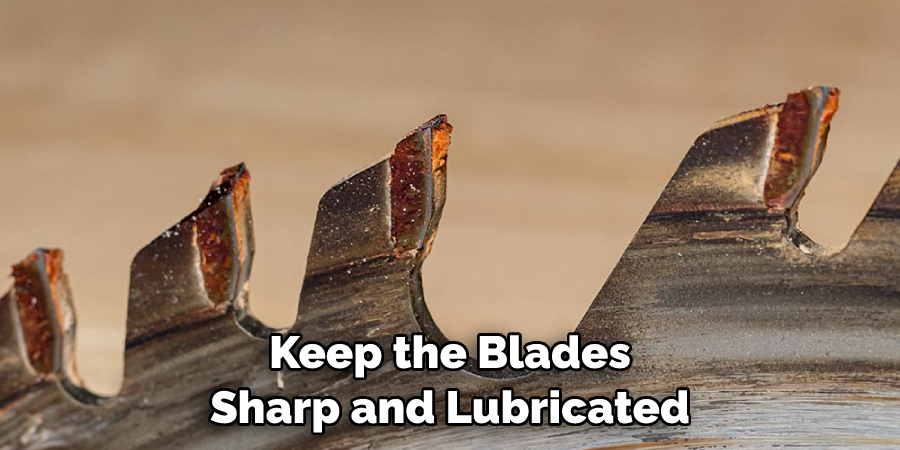
Additionally, you should regularly clean off any residue from the blade after each use, which will help keep them in good condition. Finally, ensure that all screws and nuts are tightened properly to prevent any unwanted vibrations or shocks during use that could damage the blade or wear it down over time.
These simple tips will help you get the most out of your tools when cutting metal laths and ensure they last as long as possible. Good maintenance is always important to keep in mind when using any type of tool.
With a bit of care and regular cleaning, you can ensure that your tools are properly taken care of and last for a long time before needing to be replaced. Prioritizing proper maintenance will give you the most out of your tools and help you easily cut metal laths.
Are There Any Common Mistakes People Make When Trying to Cut Metal Lath?
When cutting metal laths, it is important to make sure that you use the right tools. Using a saw blade that isn’t designed for cutting through metal will be ineffective, slow, and dangerous. Another mistake people make is using too much force when cutting the lath, which can cause it to bend or even break.
It is important to ensure the lath is securely held in place while cutting and use a slow, steady sawing motion. Finally, wearing safety glasses when cutting metal laths is important, as small debris can fly off and injure your eyes. Overall, ensuring you use the right tools and techniques to cut metal lath can help you achieve a safe and successful result.
How Can You Improve Your Skills and Accuracy When Cutting Metal Lath?
If you’re looking to improve your accuracy and skill level when cutting metal laths, there are several steps that you can take. First, practice cutting the lath with various tools until you become familiar with the material. You should also use the right blade for the job; typically, a hacksaw blade or angle grinder with a metal-cutting disc is the best choice.
Additionally, you can use a good quality metal file to make more precise cuts and smooth out edges after cutting.It’s important to start slowly and take your time when making your cut. Pay attention to the angle and direction you’re cutting to achieve a clean line and accurate results.
Use a straightedge or ruler as a guide to ensure that your cuts are as precise as possible. Finally, wearing safety goggles and gloves when cutting metal laths is important to protect yourself from sparks and smaller pieces of hot debris.

By following these tips, you can become an expert at cutting metal laths and ensure your projects look professional and accurate. With practice, you’ll be able to make perfect cuts every time.
Conclusion
In conclusion, cutting metal lath can be a relatively simple process, given the right tools and safety equipment. Taking proper safety precautions, such as wearing protective gear and using sharp blades or saws when cutting through the material, is important.
Additionally, using a guide bar to help ensure an even cut and minimize the risk of injury may be useful. Cutting metal lath with tin snips is also an option, but it requires more time and effort than using a saw or grinder. With the right tools at hand and safety as a priority, cutting metal laths can be accomplished with ease.
Reading this post has helped you learn how to cut metal lath. Make sure the safety precautions are carried out in the order listed.
You Can Check It Out to Cut Metal Roofing To Fit Valleys
